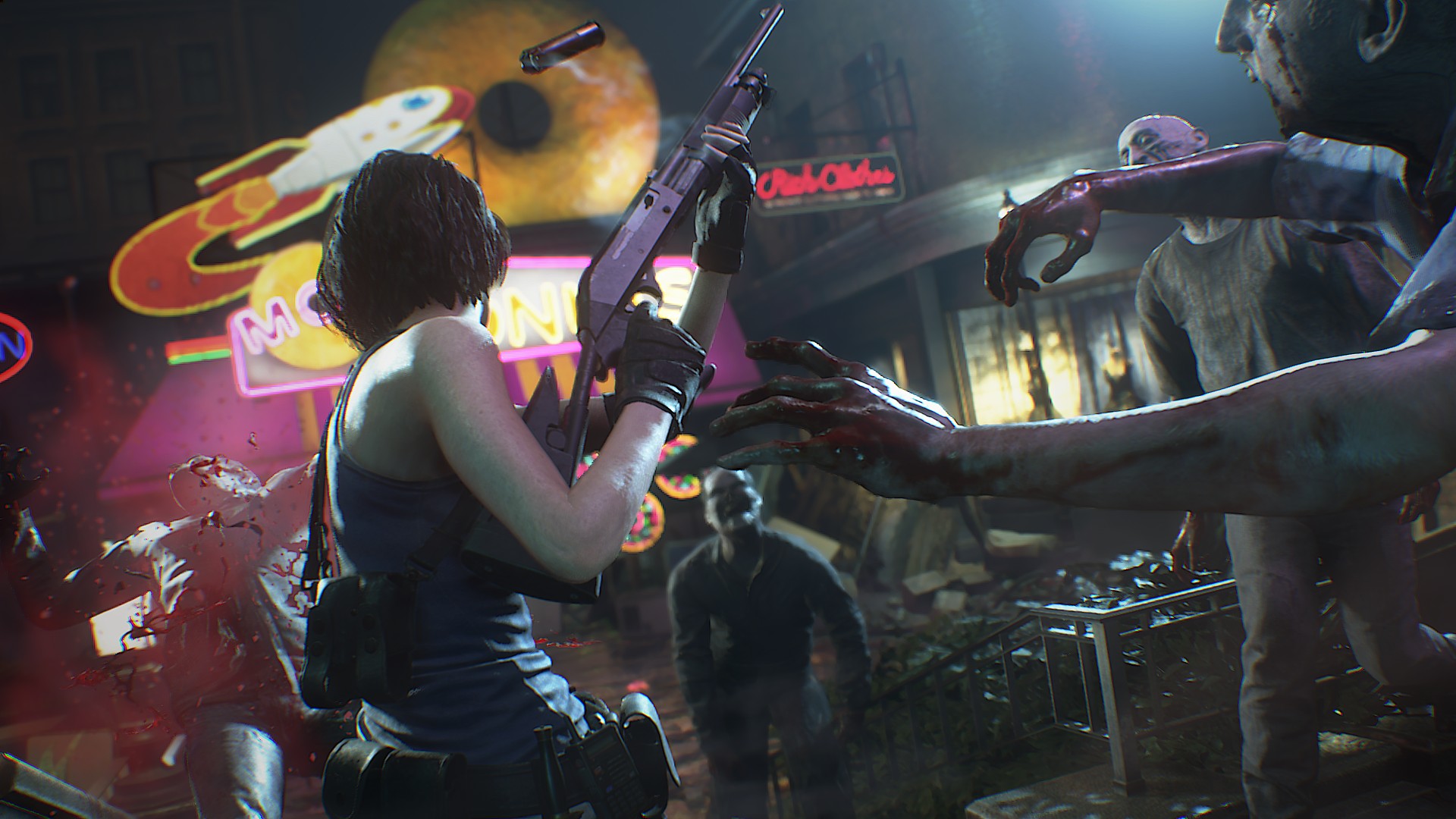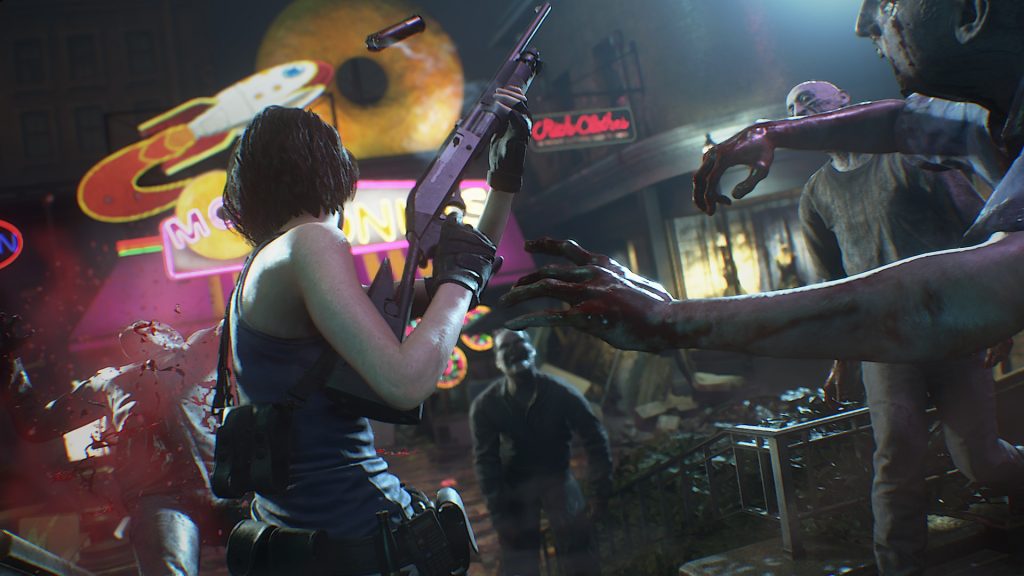Considering that Capcom’s Resident Evil 3 remake was rapidly becoming the worst kept secret in the video game industry, it was nice of Capcom to just come out and say that they are indeed developing the game and that it will be available starting on April 3, 2020.
The news was met with a generally positive reaction across the board, which is actually kind of surprising. Sure, Resident Evil remains an absurdly popular franchise, and yes, Resident Evil 2‘s remake is one of 2019’s strongest GOTY contenders, but the legacy of Resident Evil 3 until this point has been that of a game that was seemingly destined to be eternally underrated.
Released in September 1999, Resident Evil 3 hit the market at an awkward time. The Dreamcast’s infamous 9/9/99 release date was stealing headlines everywhere, and we were just over a year removed from the release of the revolutionary Resident Evil 2.
In the eyes of many at that time, each new Resident Evil title needed to represent as significant as an advancement over the previous game as Resident Evil 2 was to Resident Evil. The problem there was that Capcom was forced to reduce their intended scope of Resident Evil 3 due to the impending release of the PlayStation 2 and the time limits that put on them.
As such, Resident Evil 3 ended up being spiritually closer to an expansion pack than a “proper” sequel. Its status as such is even obvious in the game’s story which follows Resident Evil co-protagonist Jill Valentine through a story that occurs before, during, and after the events of Resident Evil 2 and in the same city. While that’s not necessarily a bad thing, the fact that Capcom charged roughly full price for a game that they essentially knew was not a fully-fledged sequel ( at least in terms of what fans expected) understandably bothered some fans of the series.
Still, while Resident Evil 3 might not have been a revolution, it was most certainly a revelation.
Resident Evil 3‘s most lasting mechanical contribution to the series was its increased focus on action. Resident Evil 3 not only featured more combat sequences than its predecessors but introduced features like a 180-degree turn that made combat noticeably more manageable.
To balance that increased accessibility, Capcom made the brilliant decision to make Resident Evil 3‘s enemies smarter than they were before. Notice that we didn’t say they were tougher (although some of them were) but rather that they were smarter. Enemies in that game could do things like walk up and down stairs, which made them significantly more dangerous than ever before.
The most obvious example of this change in philosophy is certainly the titular Nemesis character: a hulking monster inspired by the T-1000 in Terminator 2 who never stops hunting the player. You don’t know when the Nemesis is going to pop up, but when he does, you must deal with him. Door, stairs, and even regular weapons will be of little to no help to you.
The Nemesis represents most everything that is good about Resident Evil 3. Besides the brilliance of his presence and the amazing moments that his attacks lead to, he’s a character that emphasizes the combat elements of the Resident Evil franchise (which is something neither of the games before that really did) while still managing to be the scariest part of the game. At a time when action in horror games was slowed down to a crawl in order to make the player feel helpless, Resident Evil 3 argued that scary action-oriented horror games were possible through intelligent design.
That philosophy makes Resident Evil 3 something of a predecessor to games like Dead Space and, of course, Resident Evil 4.
Despite being a spin-off, Resident Evil 3 also managed to tell a fairly compelling story that adds some flavor to the RE universe. That’s especially true of how it utilizes the mercenary group sent by Umbrella to clean up the mess they started. That mess includes the Nemesis who, we cannot emphasize enough, is the lifeblood of the Resident Evil 3 experience. He alone makes the game feel closer to a slasher horror nightmare than any other Resident Evil title in the series.
That’s the thing about Resident Evil 3. Even after decades of installments, no other Resident Evil game feels like Resident Evil 3 or even really tries to combine all of the elements that defined that experience. While that’s a testament to the versatility and longevity of the RE franchise, it’s also a testament to the quality of Resident Evil 3 and why a remake of it is so important.
Years ago, Resident Evil 3 was perceived to be a detour on the way to bigger and better things to come. Now, we know that it’s arguably the one Resident Evil game that comes closest to combining everything we love about the franchise while introducing some new tricks.





